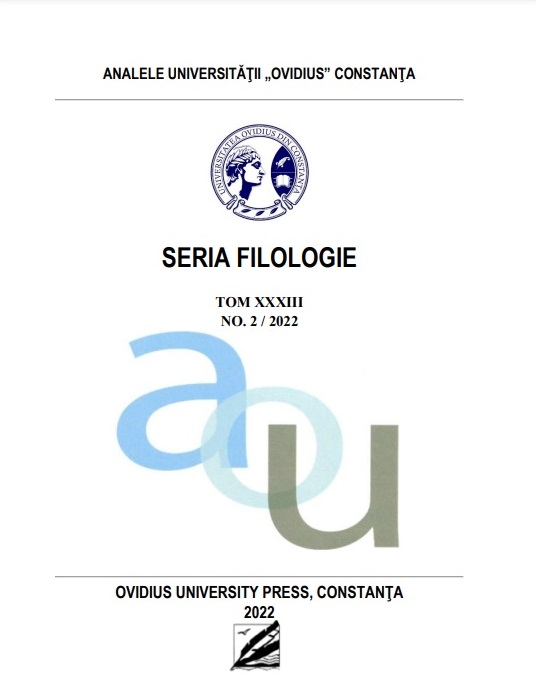Discworld: Spatial Metamorphoses of the Faustus Narrative in Eric (1990) by Terry Pratchett
Discworld: Spatial Metamorphoses of the Faustus Narrative in Eric (1990) by Terry Pratchett
Author(s): Roxana Ţăranu MireaSubject(s): Language and Literature Studies, Philology, British Literature
Published by: Ovidius University Press
Keywords: Discworld; Eric; narrative; Pratchett; space; time;
Summary/Abstract: Traversing spatio-temporal borders is a feature of post-modern narratives, such as the novel Eric by Terry Pratchett. Time and space are more than the background elements in this story; they are part of its essential fabric and they profoundly influence the ways in which readers build mental images of what they read. The reader’s recognition of this spatio-temporal transgression is part of the reading experience. Drawing on the concept of “focalization” (Bridgeman 62) from Teresa Bridgeman's article entitled “Time and Space,” from The Cambridge Companion to Narrative (2007), this essay discusses the function of space (in relation to time) in Eric, in combination with the Faustus narrative. I argue that time and space overlap in Eric; there is the parallel time-space of the Faustus myth (in the background) and a totally different space−time continuum, related to the space of the Discworld, and the two overlap in this novel. Spatial metamorphoses suggest a shift in conceptual space from the main-story world (a parody of the Faustus narrative) to a subworld of the novel, which is in the protagonists’ mind, transmitted to the reader through the medium of the postmodern narrative.
Journal: Analele Universităţii Ovidius din Constanţa. Seria Filologie
- Issue Year: XXXIII/2022
- Issue No: 2
- Page Range: 109-116
- Page Count: 8
- Language: English

